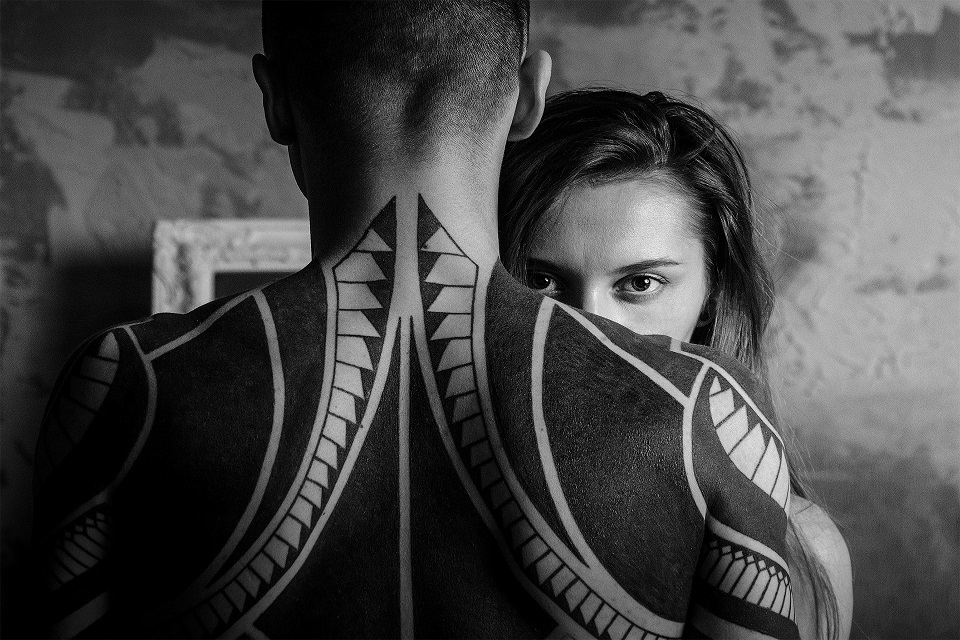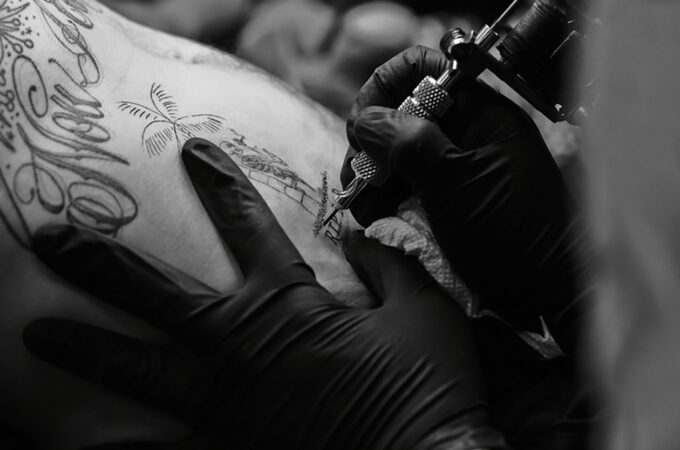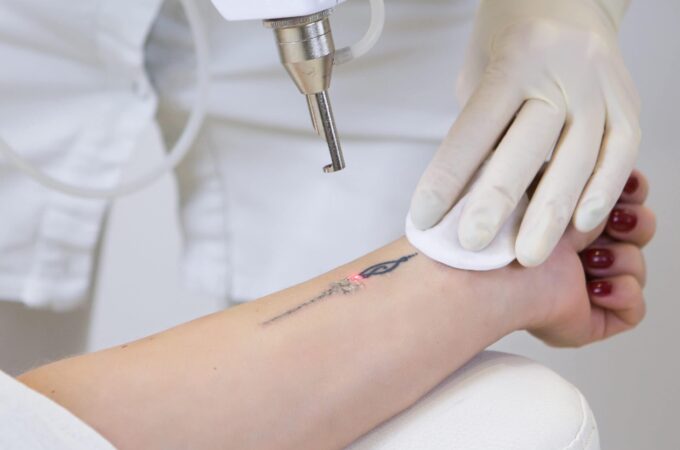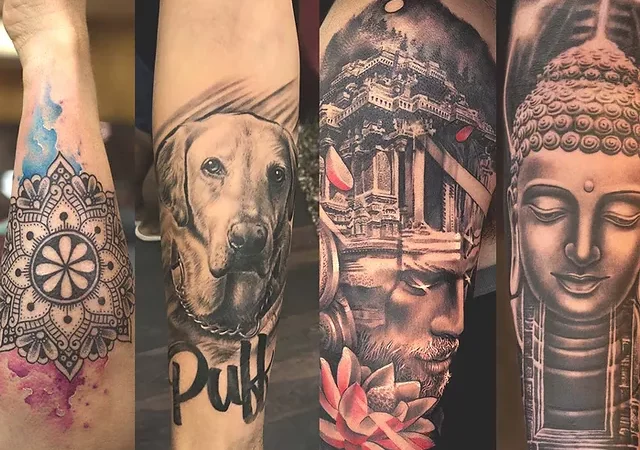
What is The History of Tattoos?
Though the exact year remains unknown, many people firmly believe that tattoos came into existence between 3370 and 3100 BC. Over the years, several tattooed mummies have been discovered in different parts worldwide, including Alaska, China, Egypt, Greenland, Mongolia, the Philippines, Russia, and Sudan.
One of the significant inventions in the history of tattooing was the introduction of the electric tattoo machine. It made the procedure fast and less painful, promoting many people who previously had fears to get body art.
Between 1936 and 1970, the primary influencers in the tattooing industry were artists such as Cliff Raven, Lyle Tuttle, Jack Rudy, and Jamie Summers, among many others. Since that time to date, tattoos have become a mainstream part of global fashion. Instead of being regarded as a form of deviance, tattoos have gained acceptance and are now considered a way of expression.
The increased adoption of the tattoo culture worldwide has resulted in an influx of new artists, most of whom have training in fine arts and technical drawing. This, coupled with the development of tattoo pigments and the continual improvement of machines, has significantly improved the quality of tattoos being produced.

Social ‘Rules’ of Tattooing
There are unwritten rules on the best way for a particular gender to get tattooed in communities where tattoos are popular. Men are expected to have heavy tattooing, meaning that the body art covers large parts of the skin and often depicts masculine images like skulls, zombies, and dragons.
On the other hand, women are expected to have light tattooing. This translates to having small tattoos in parts of the body that are easy to conceal. This art is also feminine, meaning that you’ll see pictures of flowers, hearts, and fairies.
When a woman applies heavy tattooing, they are likely to face discrimination from society. Besides enduring constant stares, such women can lose potential employment opportunities and face homophobic and sexist chants from certain public sections.
What’s the Importance of Tattoos?
Because of their permanence, tattoos are helpful for identification purposes. You can erase them whenever you want, but that is usually an expensive procedure. If you want your tattoos to last long, avoid prolonged exposure to the sun as it can cause a change of colour.
In contemporary society, piercings and tattoos are used by all age groups to enhance physical appearance and express themselves. That said, they’re also used by prison gangs, drug traffickers, and even terrorists to indicate defiance and a sense of belonging. These unsafe tattoos performed by unlicensed clinics are usually harmful to the skin and can cause severe health complications.

What’s the Legal Status of Tattoos?
In the 1950s, tattoos weren’t legal in many parts of the world. There was a breakout of blood poisoning, hepatitis, and other skin conditions. As such, many tattoo shops closed, and only the ones with an excellent reputation remained operational.
The situation has since changed, primarily because of the introduction of tattoo licensing laws. Artists have to comply with the set regulations and have the right equipment before they’re allowed to open their parlours to their customers.
Conclusion
Whether you’re getting it for beauty or showcasing a sense of belonging, having a tattoo is a significantly less painful and faster process than it was in the past. It’s also safer because the industry is regulated.
Ensure that you consult friends and online forums before stepping foot into a particular tattoo shop. You want to get body art that will maintain its appearance for years without risking the health of your skin. More importantly, seeking quality tattoo services saves you money over time.




